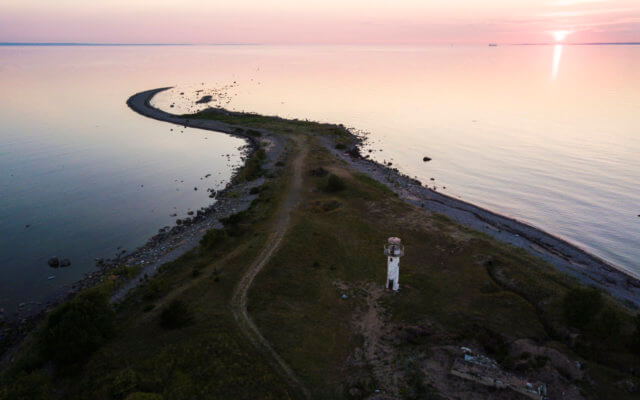Programme: ERASMUS+, Key Action 1: training course
Venue: Maceira — Fornos de Algodres, Portugal
Dates: 23 June—1 July 2022
Please read the info-pack
Hosting organisation: Associação de Promoção Social, Recreativa, Desportiva e Humanitária de Maceira
Czech team: Nikola Havránková, Barbora Kollárová, Jan Holý, Anna-Marie Hanzlíková
Project report:
In a small village in the middle of beautiful Portuguese mountains, me and 23 other participants (meaning four per each participating country) spent a wonderful week full of learning, connecting with each other and mainly understanding, how does the topic of urban art and inclusion of migrants / promoting cultural diversity hang together.
The venue itself was very convenient for the project, as we were spending all our free time with other participants, either in the local café, or in our hostel – we did not separate ourselves in groups and go to different places, as I think we would in a big city, so that (along with the beautiful landscape) was definitely a plus!
Before I come to the description of the programme and gained knowledge, I would love to appreciate our facilitator Vasko and organisator Antonio, for very well-prepared programme and smooth flow of the whole project.
The first two activity days were dedicated to understanding important terms, such as “culture”, “multiculturalism”, “stereotypes” vs. “prejudices” and learning, how do they impact our everyday lives. I think these activities, such as writing list of stereotypes for other participating nations and discussing them helped us all a lot in terms of understanding and exploring different cultures. We also learned about different types of migrants based on official definitions, which was essential for understanding the issue of migration itself.
Second phase of the training course was exploring tools of urban art, which we can use to promote cultural diversity. We had an opportunity to try spraying with the help of self-made paper stencils, then all countries provided very interesting presentations with examples of urban art in their regions and then, we spent all day creating our own street art on one of the walls belonging to our hostel!
We were supposed to create a piece of art, which would somehow correspond with the topic of the project – so we did a graffiti art of a city with a sunset behind, saying “No Mads Lands”, as a reference to “No Man’s Land”. Next to this painting, we sprayed onto the wall QR code, which will lead anyone passing by to a Spotify playlist called “Show me your roots”, where anyone can add a song, which would somehow represent their roots and origin. We did this piece of art, as we wanted something permanent on one hand, and interactive on the other hand.
Overall, the great mood and understanding each other within the group could not have been achieved without the great job of our facilitator. I believe that creating the safe environment we had the pleasure to experience was essential in the final phase of the project – during the creation of our own urban art piece, being on the same vibe and having mutual connections was essential for the non-problematic way the process went. I also really loved the opportunity to evaluate every day, so there was always an option to say our opinion.
I wish all future participants to attend a project, where they could feel so safe, well, heard, and lovely, as we all did in Maceira!
Bára Kollárová


